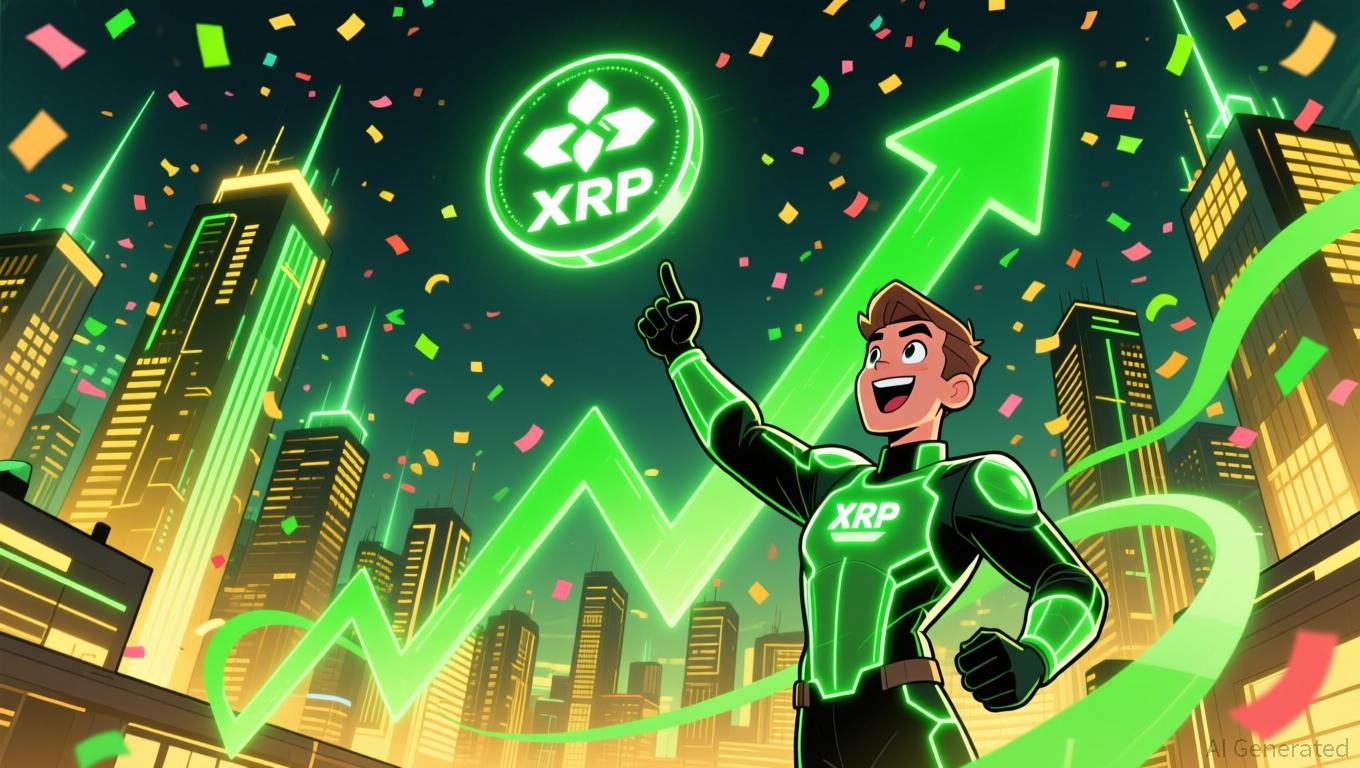XRP's latest price movements and technical signals have reignited investor confidence, as the token's monthly Relative Strength Index (RSI) has climbed to the 80 mark for only the second time ever—this instance pointing to a possible late-stage bull run rather than an impending downturn. Analyst Egrag Crypto, who has been monitoring XRP's trends, observed that although the RSI's high level is reminiscent of the 2017 market top,
the indicator is still holding above 50
, which leaves room for another upward surge before a broader bear market might be confirmed. This more nuanced view stands in contrast to standard bearish interpretations, urging caution but not pessimism among investors.
The current RSI reading is consistent with wider on-chain and market trends.
XRP's exchange reserves have dropped by 430 million tokens
over the past eight days, indicating a tightening of liquidity that could heighten price swings. Analysts such as XrpArthur have compared this to basic supply and demand dynamics, noting that lower liquidity often fuels price moves when demand is steady or increasing. At the same time, the token has bounced off major support at $1.96, with market participants now watching for
a breakout past $2.60
as the next significant milestone. This price point, situated near the center of XRP's larger trading band, could act as a confirmation of momentum.
The
Grayscale XRP ETF
(GXRP), scheduled to debut on November 24, 2025, has further fueled market excitement. This offering, part of an expanding ETF landscape for
XRP
,
comes after a $7.19 billion inflow within 24 hours
that lifted the token's market cap to $122.49 billion. While institutional buying remains moderate, with the largest single-day inflow being $245 million into Canary's XRP fund,
the ETF's ability to absorb up to 500 million XRP per day
could tighten supply further, reducing the number of tokens available on exchanges. This trend is already evident, as exchange balances have fallen from 2.63 billion to 2.20 billion tokens in just one week
according to CoinEdition
.
Technical experts also point to XRP's monthly RSI as a crucial indicator. Unlike short-term metrics, the monthly RSI changes over years, and extreme values have historically come before major market peaks. In 2017, a similar RSI spike matched a bear market that only became clear after the indicator dropped below 50. Currently,
XRP's RSI is still above that level
, indicating a drawn-out distribution period rather than an immediate decline. Egrag Crypto estimates a 60% chance that the token will maintain its strength, potentially staying in a late-bull phase until the RSI dips below 50
as outlined by CoinEdition
.
At the same time, the ETF sector continues to influence XRP's path.
Four spot XRP ETFs—Canary, Bitwise, Franklin Templeton, and Grayscale
collectively took in 79 million XRP on their first trading day, with forecasts suggesting daily inflows could reach 80 million XRP if demand persists. Although Tuesday's inflow dropped to 16 million XRP,
the overall trend highlights growing institutional participation
. Analyst Chad Steingraber cautioned that if these inflows continue, trading volumes could reach billions, further constraining supply and challenging XRP's durability.
Currently, XRP finds itself at a critical juncture. Trading at $2.19, the token is below major moving averages but remains above important support, with RSI readings pointing to a possible recovery rather than a downturn. As the market awaits the ETF's effects and the RSI's next signal, investors should keep an eye on both technical indicators and on-chain liquidity changes. A fall below $1.90 could mark a bearish shift, but for now, the data suggests a cautiously optimistic outlook.
